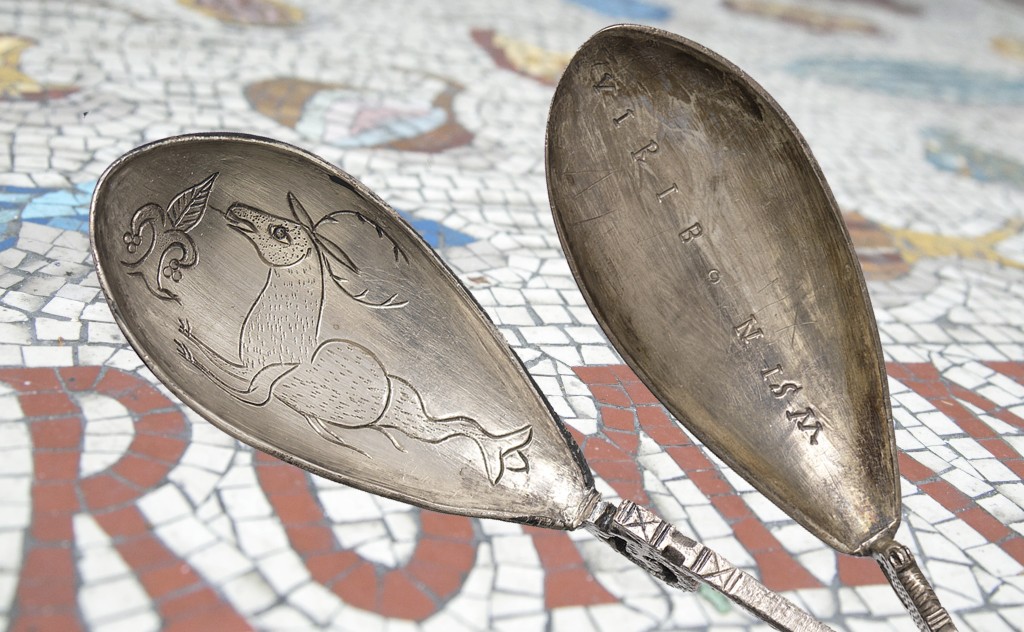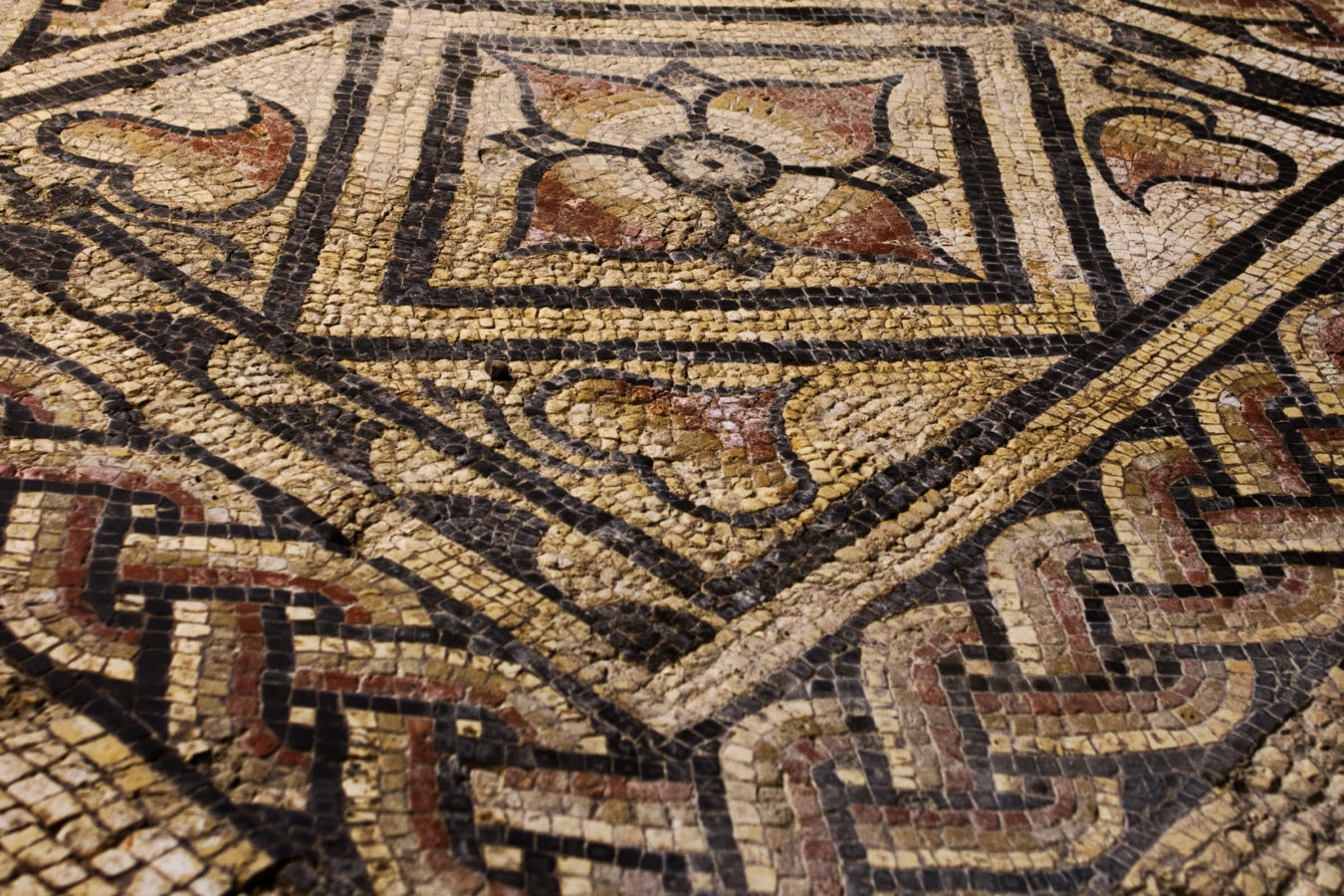
Silverware
When the garrison was withdrawn, Roman Canterbury was no longer safe. Townspeople fled as...
The figurine was dug-up by a gravedigger in St Dunstan’s more than 150 years ago, and was found at the site of a cremation burial. But, what sort of goddess is this?
She is known as the Dea Nutrix – the Nursing Goddess.
A number of Dea Nutrix figurines have been found across Britain from the Scilly Isles to Hadrian’s Wall, four have been found in Canterbury. The example on display was found in 1887 below what is now Lloyds bank on the High Street. Figurines of this type usually appear in Gaul and Germany, where they have been found in graves, houses and shrines.
What makes her so intriguing is that Roman ladies did not breastfeed their own children: they had wet-nurses to do this. Celtic women, by contrast, did breastfeed their children. Therefore, it is most likely that Dea Nutrix is the Romanised version of the Celtic goddess of fertility and childbirth.
Animated film by Ray Laurence, University of Kent Professor of Roman History and Archaeology, in collaboration with Cognitive.
